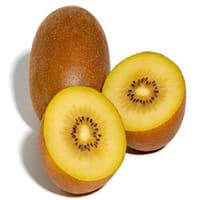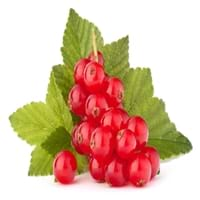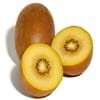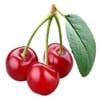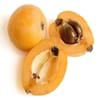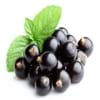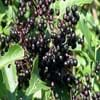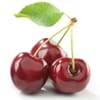Health Benefits
Asthma treatment, Heart care, Improves stomach health, Regulation of heart rate, Treatment of skin Diseases
Cancer prevention, Gout treatment, Heart care, Regulation of heart rate, Treatment of rheumatism
General Benefits
Boosts immune system, Controls blood pressure, Eye care, Helps in weight loss
Anti oxidant properties, Controls blood pressure, Cures fever, Digestive aid, Healing of wounds, Helps in weight loss, Strengthens bones
Skin Benefits
Brightens and lightens complexion, Heals sunburn, Reduces wrinkles, Skin rejuvenation, Treatment of acne, Treatment of dark spots, Treatment of skin diseases
Brightens and lightens complexion, Reduces wrinkles, Treatment of acne
Hair Benefits
Prevents hair loss, Promotes longer and healthier hair, Treatment of dandruff
Protects hair
Allergy Symptoms
Abdominal pains, Anaphylaxis, Breathing difficulty, Itching in tongue and other parts of mouth, Itching sensation in throat, Swelling of mouth, tongue or lips, Vomiting
Abnormally rapid heart rate, Anaphylaxis, Breathing difficulty, Hives, Itching, Swallowing difficulties
Side Effects
Allergic reaction, Diarrhoea, Skin rash, Possibly unsafe during pregnancy
Possibly unsafe during pregnancy
Best Time to Eat
Any time except an hour after meal
Best if taken as a breakfast (or empty stomach), As a snack in the late afternoon, Don't eat after meal, Morning time (before lunch)
Vitamin B5 (Pantothenic Acid)
Vitamin C (Ascorbic Acid)
Vitamin K (Phyllochinone)
Calories in Fresh Fruit with Peel
Calories in Fresh Fruit without Peel
Not Available
Not Available
Calories in Frozen Form
Not Available
Not Available
Calories in Canned Form
Not Available
Season
Spring, Summer, Winter
Summer
Varieties
Qing Yuan #27, Qing Yuan #29, Qing Yuan #6 and Huang Yan
Rovada, Stanza, Red Lake, Junifer and Jonkheer van Tets
Soil Type
Well-drained
Moist, Well-drained
Climatic Conditions
Cold, Sunny
Cold
Facts about
- The name Kiwi is due to its resemblance with 'Kiwi' bird.
- This variety of Kiwi was developed by New Zealand, it is not fuzzy on the outside and it has a taste reminiscent of the mango fruit.
- The albino version of red currants known as white currants, are often sold as different fruit.
- Red currant tea is healthy substitute for coffee.
- There are more than 150 varieties of red currants.
Top Producer
Italy
Russia
Other Countries
Chile, France, Greece, Iran, Japan, New Zealand, Portugal, Turkey, United States of America
Belgium, France, Germany, Ireland, Italy, Netherlands, Poland, Portugal, Scotland, Spain, Sweden, United Kingdom
Top Importer
United States of America
Germany
Top Exporter
New Zealand
Russia
Botanical Name
Actinidia chinensis
Ribes rubrum
Synonym
Not Available
Not Available
Subkingdom
Tracheobionta
Tracheobionta
Division
Magnoliophyta
Magnoliophyta
Class
Magnoliopsida
Magnoliopsida
Subclass
Dillenhidae
Rosidae
Order
Ericales
Saxifragales
Family
Actinidiaceae
Grossulariaceae
Species
A. chinensis
R. rubrum
Generic Group
Kiwi
Saxifrage
Difference Between Gold Kiwi and Red Currant
We might think that Gold Kiwi and Red Currant are similar with respect to nutritional value and health benefits. But the nutrient content of both fruits is different. Gold Kiwi and Red Currant Facts such as their taste, shape, color, and size are also distinct. The difference between Gold Kiwi and Red Currant is explained here.
The amount of calories in 100 gm of fresh Gold Kiwi and Red Currant with peel is 60.00 kcal and 56.00 kcal and the amount of calories without peel is Not Available and Not Available respectively. Thus, Gold Kiwi and Red Currant belong to Low Calorie Fruits and Low Calorie Fruits category.These fruits might or might not differ with respect to their scientific classification. The order of Gold Kiwi and Red Currant is Ericales and Saxifragales respectively. Gold Kiwi belongs to Actinidiaceae family and Red Currant belongs to Grossulariaceae family. Gold Kiwi belongs to Actinidia genus of A. chinensis species and Red Currant belongs to Ribes genus of R. rubrum species. Beings plants, both fruits belong to Plantae Kingdom.
